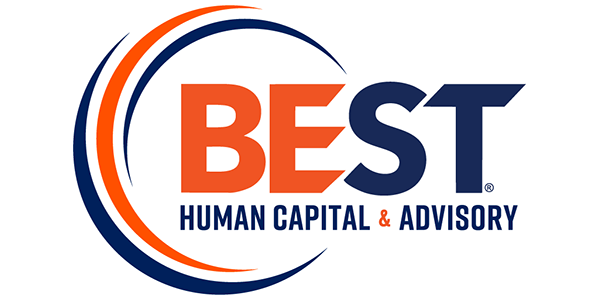
Employer Strategies to Succeed in a Candidate’s Market
Part 1 of a 2-Part Series on the Important and Timely Issue of Hiring in a Candidate’s Market It’s a Candidate’s Market! We’ve all heard this statement, and many business leaders and hiring managers are sick of hearing it yet remain confused about how to properly address the current employment market. Business leaders want to […]





